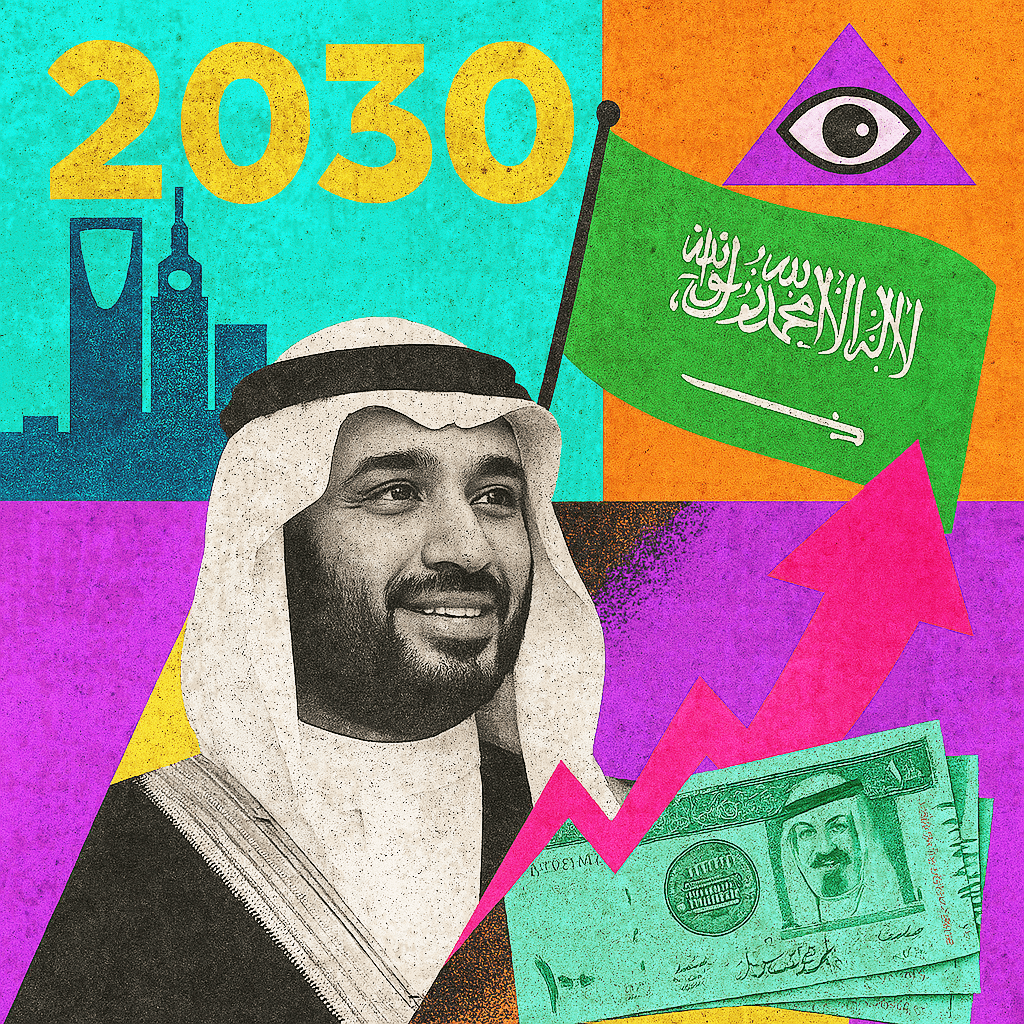Vision 2030 and Beyond: Transforming Saudi Arabia’s Economy
In 2016, Saudi Arabia embarked on an ambitious plan to transform its economy by the year 2030. Dubbed “Vision 2030,” the initiative seeks to diversify the kingdom’s economy beyond oil, foster economic development, and address various social and infrastructural challenges. As the deadline draws closer, it’s essential to examine the progress made, the challenges encountered, and the implications for Saudi Arabia and the global economy beyond 2030.
Objectives of Vision 2030
Vision 2030 encompasses three primary themes: a vibrant society, a thriving economy, and an ambitious nation. The plan’s objectives include increasing non-oil revenue, developing public service sectors such as health, education, infrastructure, recreation, and tourism, and promoting private sector growth. Furthermore, it aims to reduce unemployment, foster innovation and entrepreneurship, and elevate the country’s status as a leader in the region.
Achievements to Date
Significant strides have been made towards achieving the goals set out in Vision 2030. The kingdom has seen the introduction of social reforms, such as lifting the ban on women driving and opening the country to international tourists. Economically, Saudi Arabia has made efforts to attract foreign investors, streamline business regulations, and invest in major projects like NEOM, a planned mega-city that epitomizes the vision’s futuristic ambitions.
The Public Investment Fund (PIF) of Saudi Arabia, central to financing Vision 2030 projects, has expanded its portfolio, investing in various sectors both domestically and internationally. These investments aim to generate substantial returns to finance the economic transformation.
Challenges Encountered
Despite these achievements, Vision 2030 has faced its share of challenges. The dependency on oil revenues remains a significant concern, especially with fluctuating oil prices impacting the kingdom’s budget. Moreover, the ambitious nature of many projects has led to concerns about feasibility, execution timelines, and the ability to meet the lofty goals within the set timeframe.
Social and cultural changes, while progressive, have also sparked debates within the kingdom about the pace and extent of these reforms. Balancing modernization with traditional values is a delicate endeavor in a conservative society.
Implications for the Global Economy
Saudi Arabia’s Vision 2030 has profound implications for the global economy. As the world’s largest oil exporter embarks on this transformative journey, shifts in energy markets, investment flows, and geopolitical dynamics are inevitable. The success of Vision 2030 could spur economic growth in the Middle East and offer new opportunities for international businesses and investors.
Furthermore, Saudi Arabia’s push towards renewable energy and sustainable practices as part of its diversification efforts aligns with global trends towards combating climate change. This shift could contribute to global efforts in reducing carbon emissions and fostering sustainable development.
Looking Beyond 2030
As Saudi Arabia progresses towards realizing Vision 2030, it’s clear that the journey doesn’t end there. The foundation being laid today is for a future that extends well beyond 2030. Continued adaptation, innovation, and commitment to the vision’s objectives will be crucial for Saudi Arabia to maintain its momentum and achieve sustainable, inclusive growth.
Vision 2030 represents not just an economic transformation but a bold reimagining of Saudi Arabia’s role on the world stage. As the kingdom strides towards a future less dependent on oil, its success or failure will offer valuable lessons for other nations contemplating similar ambitious reforms.



Leave a Reply